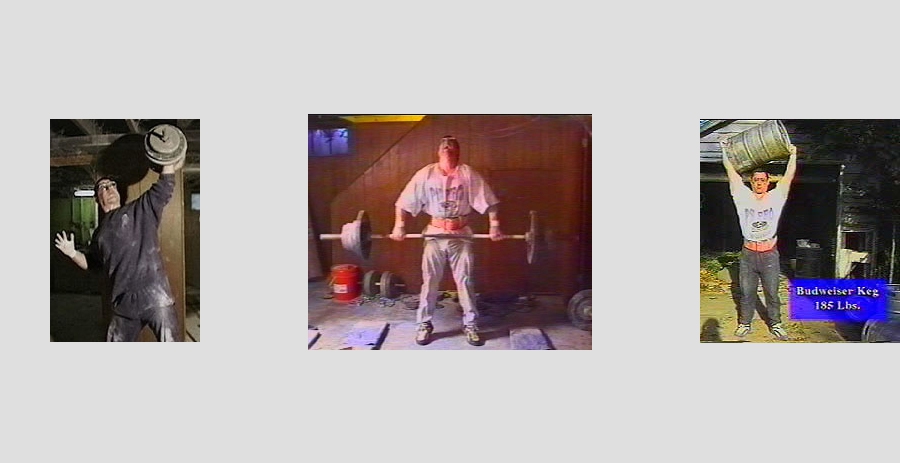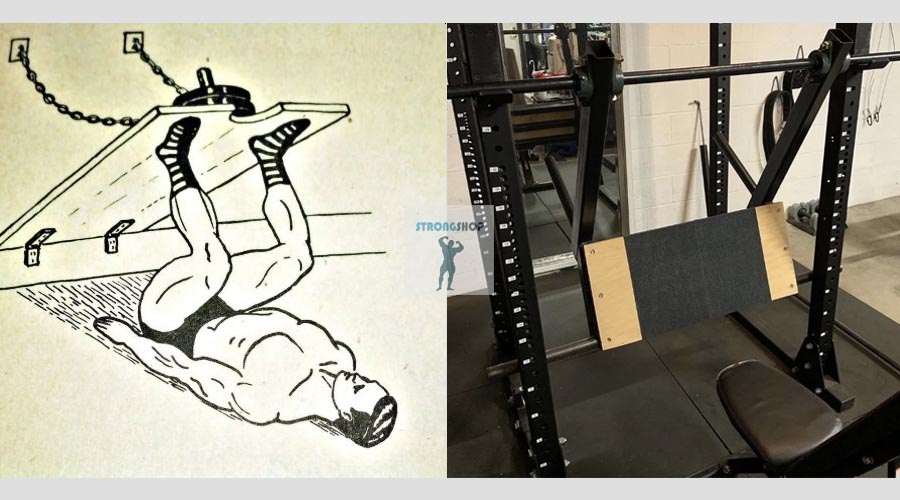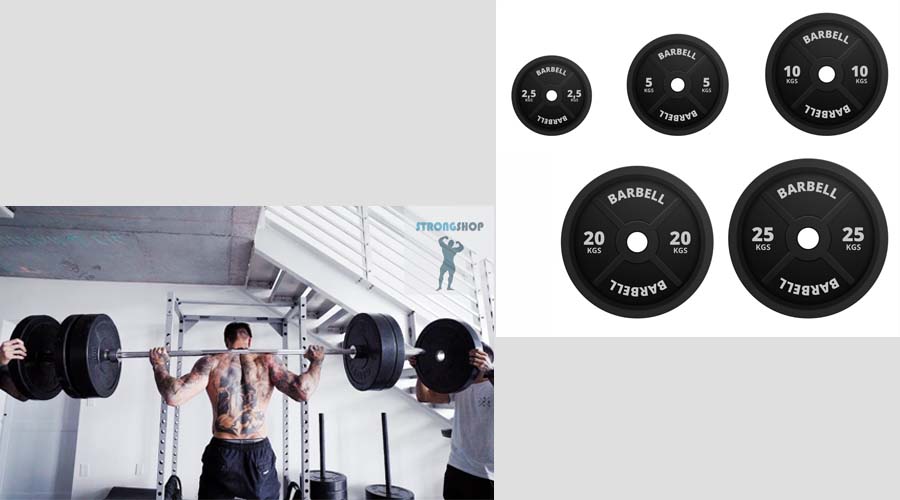Perhaps many of those who read this text prefer to do one approach to short-term muscle failure in a particular exercise.
This is a feature of this method of strength training, and it is effective for certain athletes. There is also a completely opposite training method, which involves performing several sets of a small number of repetitions. Use the scheme in which you can maximize yourself and progress.
There are many ways to become big and strong. No one has the right to say that only his system makes people "big and strong."
For those who prefer to do one set to failure, here is an example of hard work based on just such a scheme.
An example of a heavy strength approach
So, let's look at a great example of hard work in the deadlift. Take for example a lifter trying to do 15 reps with a 180kg trap bar deadlift. He does warm-ups of 60kg x 5, 100kg x 3 and 140kg x 1. Why are there so few reps? Because this lifter focuses all his efforts on one brutally heavy set of 180kg. His warm-up sets consist of a minimum number of repetitions, yet enough to prepare him - both physically and mentally - for this one and only set with 180 kg on the bar.
Our guy puts 180 kg. He covers his hands in chalk, tightens his belt, and concentrates, deeply concentrates on the coming battle. His eyes are closed. He breathes less and deeper. His entire body is visibly growing, muscles looking forward to the work ahead. The forehead is covered with light perspiration.
He opens his eyes, takes a step forward, takes a starting position and takes a few deep breaths.
Then he crouches down, grabs the barbell and starts pulling.
On the first rep, he moves fast. He lowers the bar to almost touching the floor and begins the second lift without pause.
The work continues, repetitions go one after another. But after the first four or five repetitions, the barbell slows down its speed. The seventh repetition goes slowly. The lifter breathes like a steam locomotive. The face turns purple. Veins, like ropes, protrude throughout the body. Sweat rolls down. Before starting the eighth rep, he lowers the barbell to the floor, straightens up, takes three deep breaths in and out, then squats, grabs the bar and lifts it up for the ninth rep. The movement practically stops when the bar passes the knees - the lifter groans in pain - and pulls further up.
He lowers the bar almost to touch the floor and starts to lift it up again without a pause. His arms, shoulders and upper back look like they were carved from granite, steely muscles bulging as he pulls the bar up. He pulls - pulls - pulls and the replay is complete. He stands upright, holding the barbell in his hands, swallows air - then lowers the bar to the floor, straightens up again and takes several huge, convulsive breaths.
Ten done - five more to go!
He crouches, grabs the handles and pulls with all his might. Every muscle in his body contracts in an excruciating effort, fighting gravity. He screams in pain and pulls the barbell up, which does not want to rise above the knees - screams - and pulls - and, suddenly, the barbell passes the knees, and then the lower part of the hips - and now he is already in the final position.
Eleven done - four left.
He lowers the barbell, touches the floor, and pulls—pulls—and grinds out another agonizing rep. He feels as if an anvil is pressing on his chest, his lungs seem to be stuffed with cotton candy, his head is spinning, his legs, trapezium and forearms are on fire, a cloudy feeling appears in his stomach.
He lowers the barbell, goes a few centimeters up and the bar stops a few centimeters from the floor. Pulls - but nothing happens. The bar does not move.
He lowers the barbell to the floor and leans over it in agony, hands on his knees, barely holding back the nausea and trying to block his consciousness from the pain that twists his entire body.
Twenty seconds pass and he pulls again - and, no one knows where, taking strength, he finishes the repetition.
The barbell clatters to the floor, the lifter drops to one knee and gasps in agony. Of course, another repetition is out of the question.
After 30 seconds, he does another rep.
Barbell on the floor. The lifter stands over her, swaying slightly. The complexion is ash-pale. The shirt is soaked through with sweat. It is obvious that his strength has left him.
But he doesn't think so.
Thirty-one seconds after completing the fourteenth rep, the lifter squats, grabs the handles, and pulls for the fifteenth time. The bar seems to be welded to the floor - but slowly, centimeter by centimeter, it begins to rise. The lifter's face goes from pale to purple. The veins act like fire hoses. He screams in pain. The bar continues to move - but how slowly! He pulls - pulls - pulls - and straightens up with the bar - he is shaking all over, he is trembling, holding a massive weight in his hands. The bar is on the floor, he takes a step forward, stumbles and falls face down.
Five minutes later, he finds the strength to roll over onto his back.
In ten minutes, he can already get on all fours.
After two minutes, he can already get up and move to the water tap with an unsteady gait.
He just finished a really hard set. What we witnessed was another example of hard work.
- Taken from Dinosaur Training by Brooks Kubik
How do you like this motivation, dear athletes?






